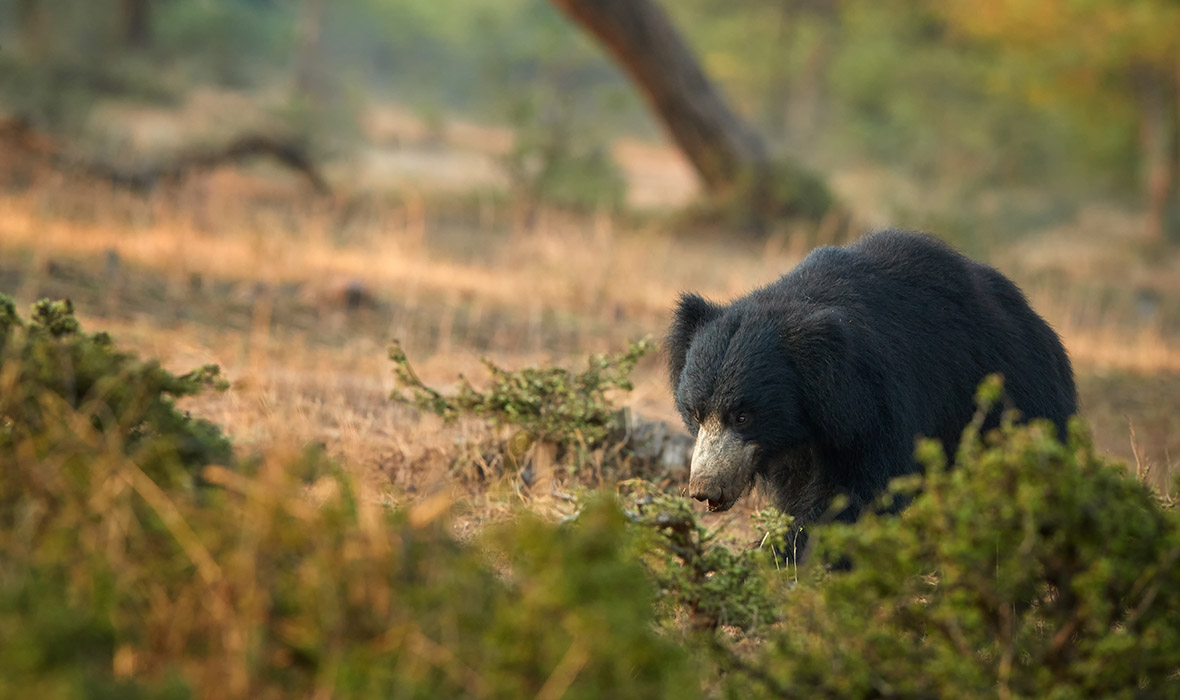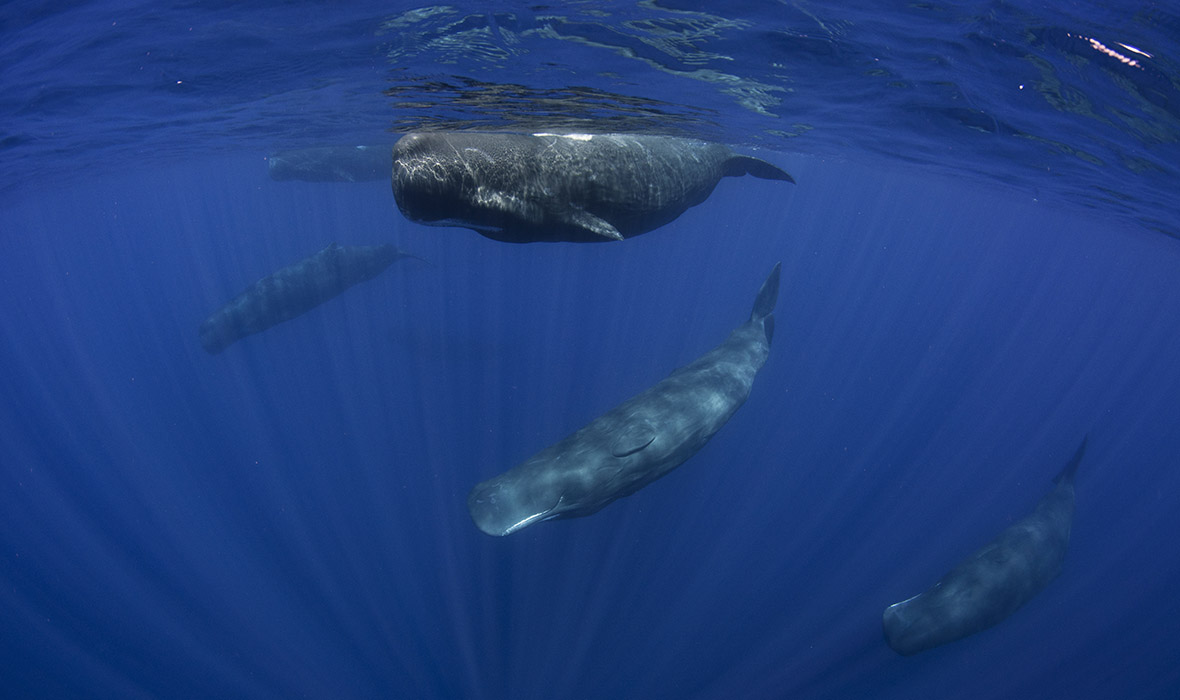Most go to Sri Lanka’s Yala and Wilpattu wildlife areas on the lookout for the leopard – a sleek predator of poise and grace. The sloth bear, however, looks more like it just got out of bed; it lopes around Sri Lanka’s dry wooded areas in a shaggy coat in search of food.
“My number one advice for anyone coming to the parks just to see bears would be to come in May and June,” says Arshad Nihaz from Leopard Trails, which runs luxury camps and safaris in Yala and Wilpattu. With less than a thousand left in the wild, time to catch this interesting beast in its natural habitat is running out. “If you come and stay three of four nights, you might see four or five bears.”

“During May and June, there is a particular type of berry from the [Sri Lanka Palu] tree. They love this berry. It is very sweet and full of sugar,” Arshad says. “What happens is the bear takes thousands of these berries and becomes drunk on sugar. It’s really funny to see them walking on the road – they look like a man who is completely drunk.”
The sloth bear’s ears are tufted, its snout is hairless, and it’s often seen curling its unique lips and making faces; though it’s hardly the most majestic animal in a forest teaming with leopards and elephants, the sloth bear has character.

ABOVE: A young, wild sloth bear crossing the road at Wilpattu National Park.
Travelers going specifically to Yala and Wilpattu to see sloth bears should be warned that they are much more rare than the parks’ famous leopards and elephants as they are nocturnal. Still, sloth bears are often seen walking across the roads, climbing and resting in trees, or even occasionally hunting down small prey.
ABOVE: An encounter with a large male bear from Leopard Trails.
While these poor-sighted omnivores – able to see only 10 or 12 feet – aren’t the finest hunters in Sri Lanka, they are still very tough, with sharp claws and a strong frame. “Leopards are very shy creatures and if you approach them they will usually run away, but if it’s a sloth bear, it may attack because it does not have any fear of any other animal,” Arshad tells Travelogues. “They’ve got bad eyesight so if it gets close enough to see you are a human, it might very well attack.”

BELOW: Leopard and sloth bear meet.
Leopard Trails is well steeped in the seasonal wildlife curiosities of Wilpattu and Yala because of the safaris and luxury camps they run there, and while Yala may be better for leopards, Wilpattu is slightly better for sloth bears.
Wilpattu is Sri Lanka’s largest national park with an area of 130,000 hectares, known for its leopards and sloth bears as well as its large-sand rimmed natural lakes that attract such fascinating wildlife. Arshad notes that Leopard Trails prides itself on the quality of their guides.

Of particular interest to animal lovers, sloth bears enjoy the time after rains when they can break open termite mounts; they close up their nose with a special flap and then suck in termites or ants in a “slurp” that can be heard for hundreds of feet. “They are solitary creatures,” Arshad says. “They eat pretty much everything they can find.”
The sloth bears of Sri Lanka are of a different subspecies than those on the Indian subcontinent, and a very special sight is too see the young cubs riding on their mother’s back.
Other large mammals found in Yala and Wilpattu include the elephant and the leopard – along with crocs, barking deer, and all manner of birds.




